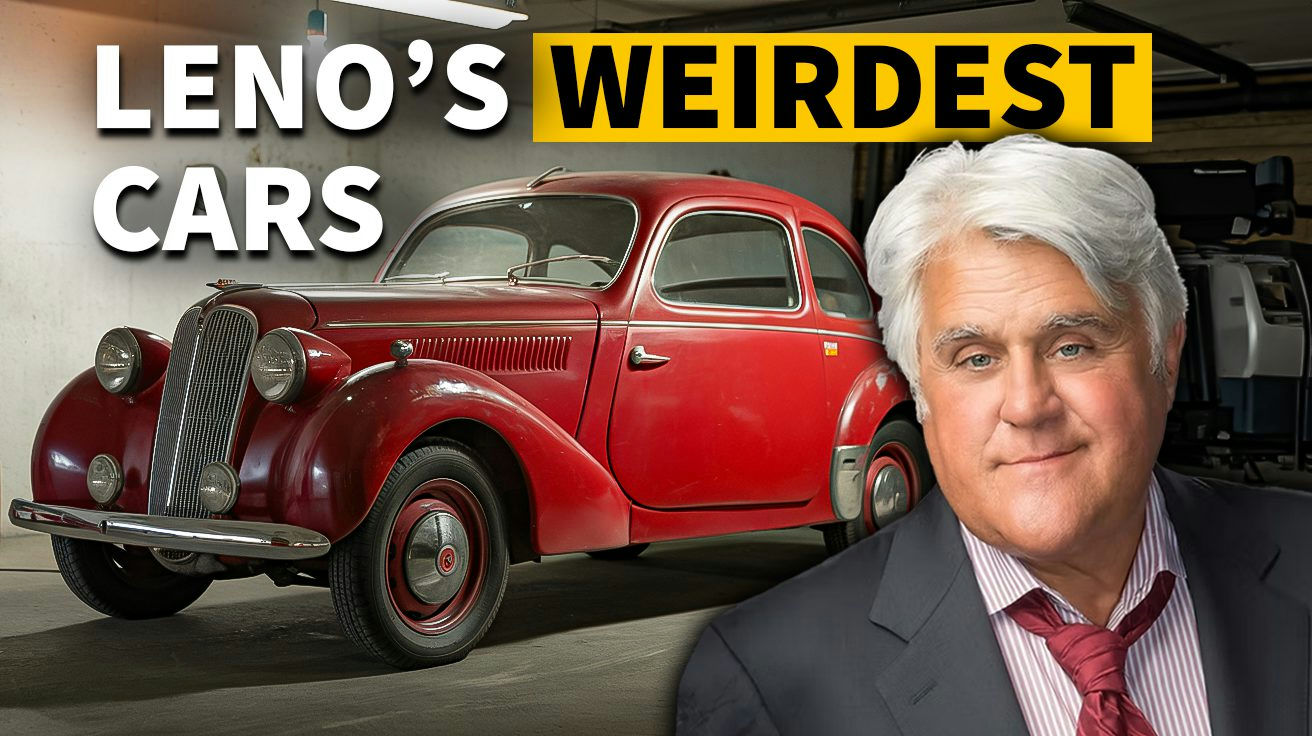Jay Leno owns cars that make millionaires jealous. Not because of their price tags, but because you can’t buy them at any auction. His collection features 13 mechanical unicorns that automotive textbooks ignore. Most car shows celebrate speed or luxury, missing the real innovation that changed how we drive. Leno’s oddball machines—from rotary-engine experiments to communist status symbols—reveal what matters beyond chrome and horsepower.
This is where automotive history gets interesting.
13. 1929 Duesenberg Chassis: An Engineering Marvel (Exterior)
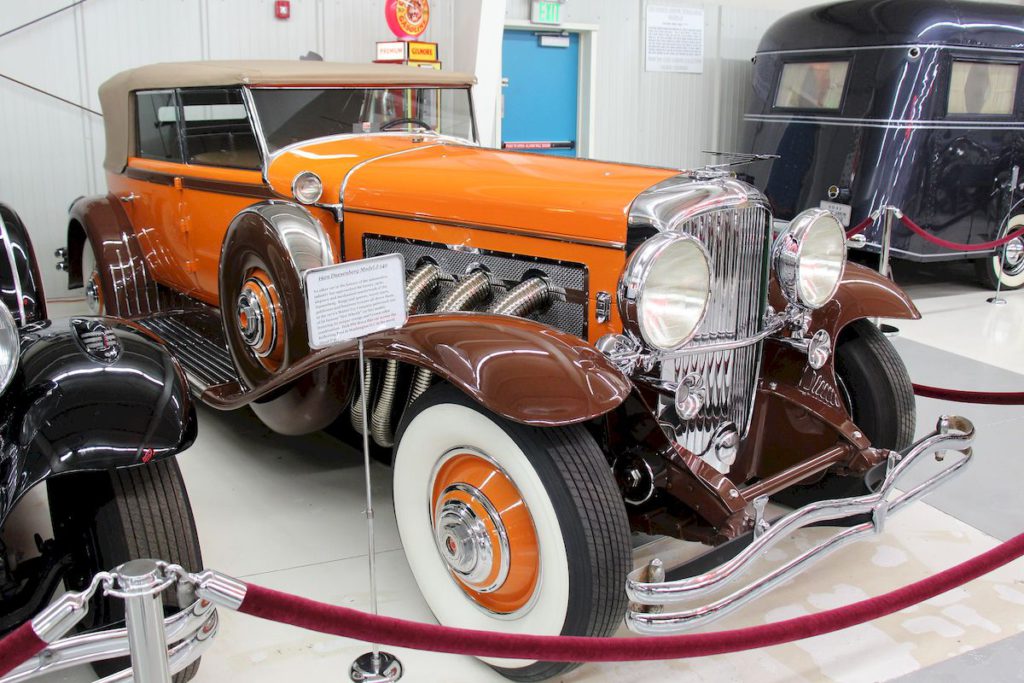
Stripped of its bodywork, a naked Duesenberg chassis reveals what luxury car builders wanted you to never see. Its 420 cubic inch straight-8 pumps out 265 horsepower with double overhead cams and four valves per cylinder – engineering that embarrassed sports cars decades later. The ornate grill alone cost $1,200 in 1930s money (over $19,000 today).
Duesenberg Chassis (Interior)
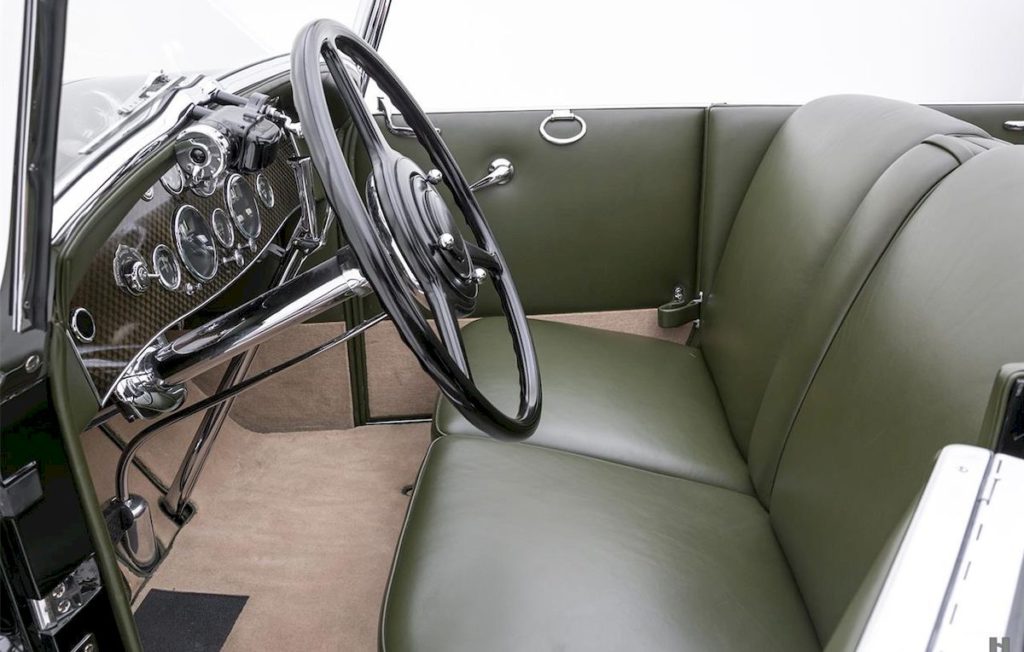
What made Duesenbergs special wasn’t just the price tag – it was the hydraulic brakes and aluminum alloy engine parts. The exposed mechanical artistry of this rolling chassis teaches more about automotive design than any fully-dressed luxury car ever could.
12. 1932 Morgan 3-Wheeler: A Unique Trike
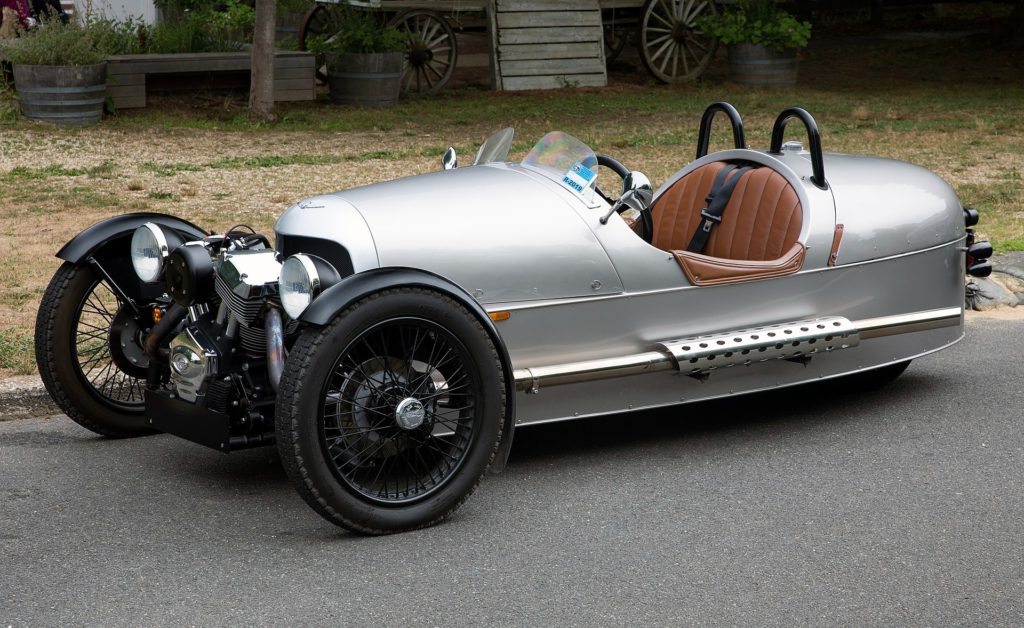
Conventional cars proved too heavy and expensive, so Morgan solved the problem by simply removing a wheel. Built from 1932 to 1952, this trike paired a Ford 4-cylinder with a pressed steel chassis and weighed under 1,000 pounds for maximum speed with minimum weight. Originally selling for about £120 (roughly £8,500 today), these cult classics now command £30,000-£50,000. Next time you’re cornering hard in a modern sports car, remember the Morgan drivers who did it with one less wheel and ten times the courage.
11. 1935 Delahaye 135s: Queen of the Road
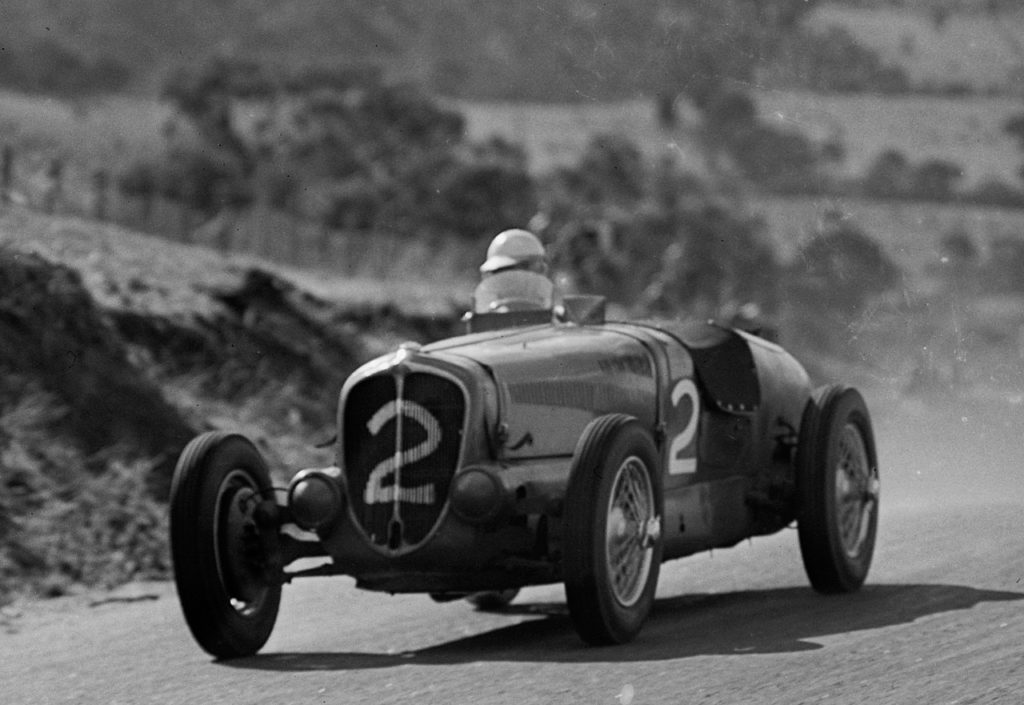
Racing victories at Le Mans and Monte Carlo gave the Delahaye 135s credibility that most luxury brands could only dream about. The 3.6L six cranks out 160 horsepower through a four-speed manual and independent front suspension – massive performance for the era. Originally priced at around 115,000 francs, exceptional examples now exceed €1 million at auction. If you’re wondering why European classics command such respect, cars like this Delahaye wrote the rulebook for combining speed and style.
10. 1962 Volga GAZ 21: Soviet Oddity (Exterior)
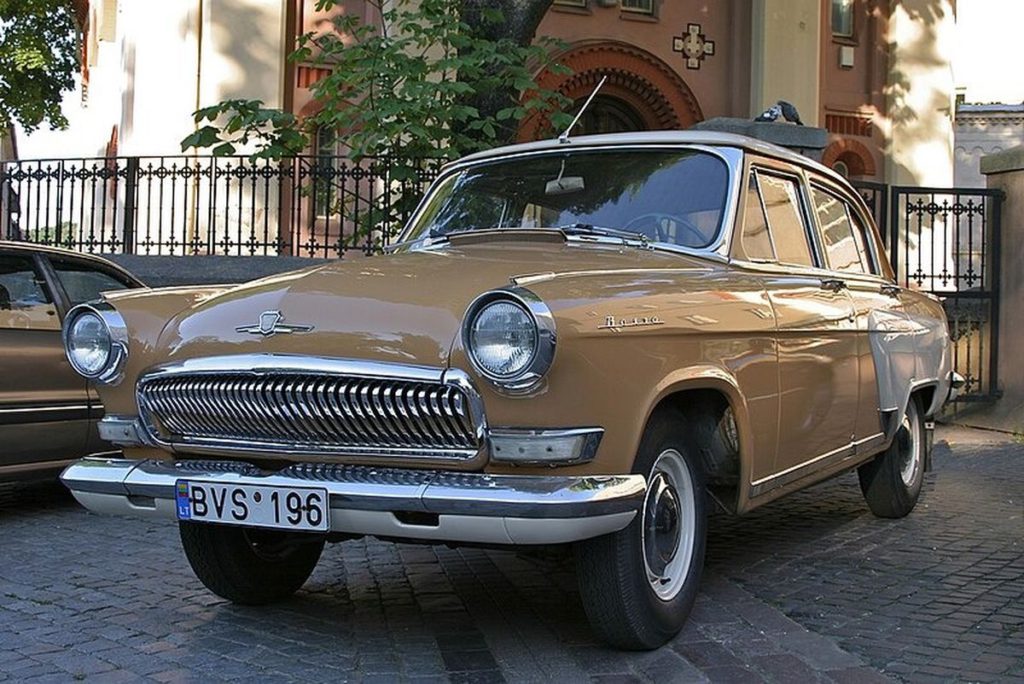
Imagine driving across Moscow in the 1960s while KGB officials trailed you in this Soviet status symbol. Their 1962 Volga GAZ 21 came loaded with reclining seats, a lighter, radio, and effective rust-proofing – fancy stuff for the Soviet bloc.
1962 Volga GAZ 21 (Interior)
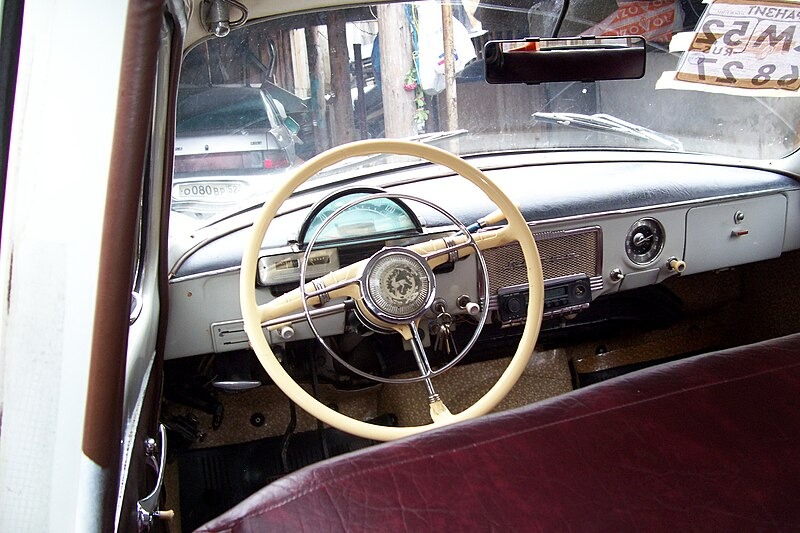
The 2.5L four-cylinder engine made about 75-80 horsepower and won’t win drag races, but the tractor-like torque and high ground clearance handled Russian roads without complaint. Like this Soviet car, there are some modern vehicles engineered to last 200,000 miles and outlast the competition.
9. 1937 Fiat Topolino: The Little Mouse (Exterior)
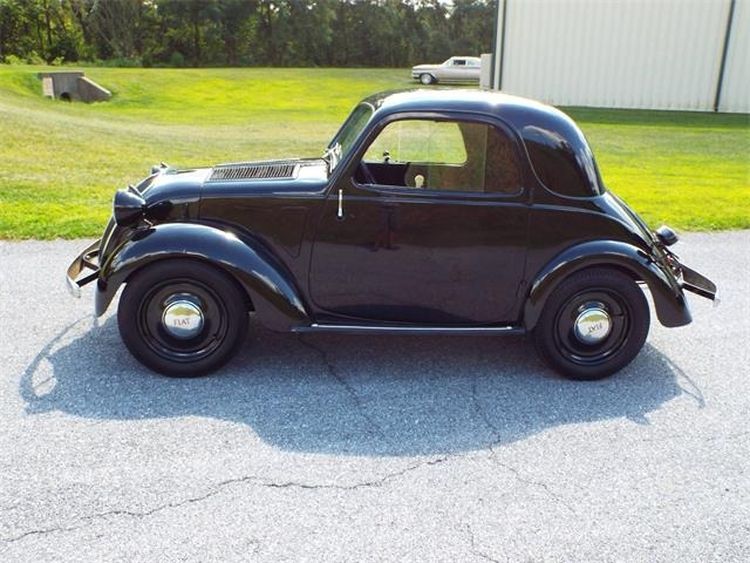
Those who are complaining about parking their modern compact car will appreciate what Fiat achieved with the diminutive Topolino. Its 569cc four-cylinder only made about 13-16 horsepower, but Fiat packed real innovation inside: an independent front suspension, reclining seats and a windshield washer when those were luxury items.
1937 Fiat Topolino (Interior)
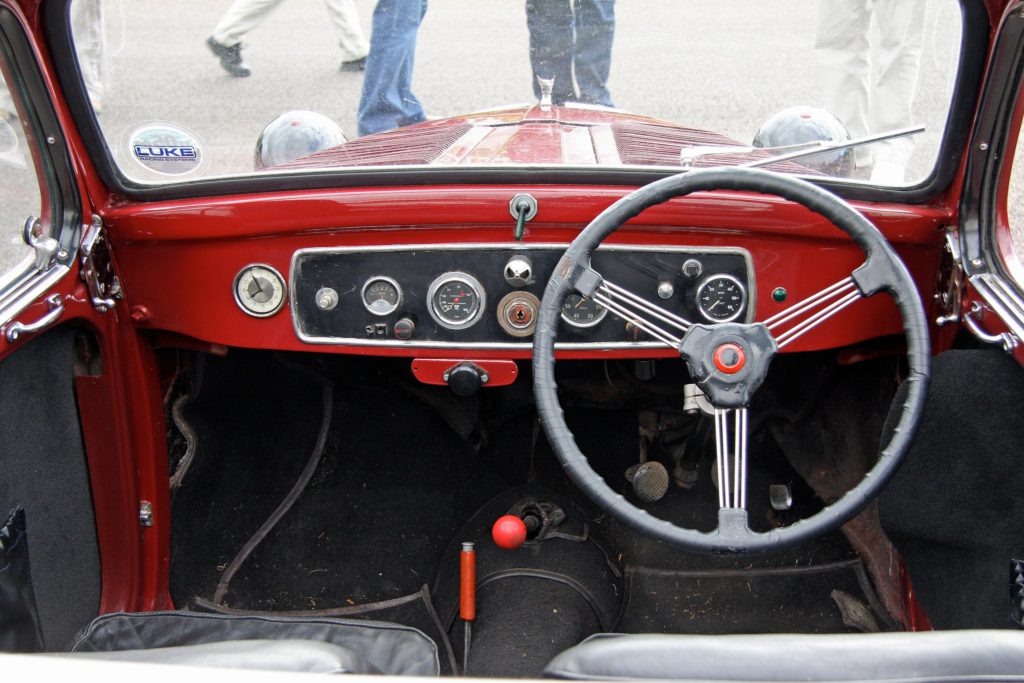
At just over 10 feet long and 4 feet wide, it pioneered space-efficient design. In cities where gas was scarce and parking space at a premium, Fiat’s tiny mouse showed how thoughtful engineering could solve urban mobility challenges decades before “city cars” became a category.
8. 1966 NSU Spider: Rotary Pioneer (Exterior)

Before Mazda made rotary engines famous, NSU beat them to the punch by years with this overlooked convertible. The Spider wasn’t just another quirky convertible – it packed the world’s first production Wankel rotary engine. The 498cc single-rotor only made around 50 horsepower, but the engine spun with a smoothness that made conventional pistons feel crude.
1966 NSU Spider (Interior)
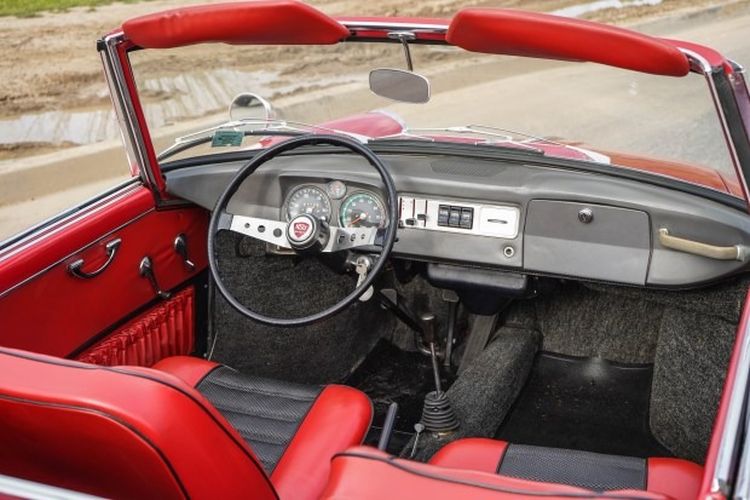
With fewer moving parts and unrivaled smoothness at high RPMs, the Spider’s revolutionary powerplant offered a driving experience that conventional engines simply couldn’t match.
7. 1928 Bugatti Type 37A: Racing Heritage
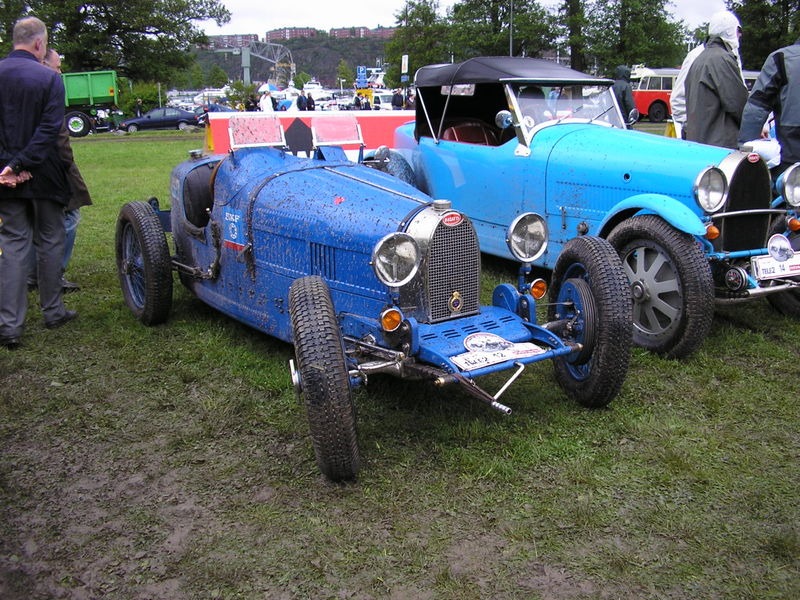
A supercharged 1.5L inline-4 with dual overhead cams delivered the competitive edge that made Bugatti a racing legend, long before they sold hypercars to oil barons. The Type 37A made 79-84 horsepower and pushed the car to impressive speeds – numbers that destroyed competitors in Grand Prix racing. Original price in 1928 was approximately 80,000 francs, but auction prices for authentic examples now exceed €2 million. See one today and you’re not just looking at an old car – you’re witnessing the machine that established Bugatti’s reputation on tracks throughout Europe.
6. 1931 Shotwell: A Teenager’s Dream

During the Great Depression, most teenagers couldn’t afford cars, so 17-year-old Bob Shotwell simply built his own. His three-wheeled creation used a 30-horsepower 1.3L Indian motorcycle engine that racked up 150,000 miles before finding its way to Leno’s garage. With a top speed of 65 mph, this hand-built oddity proves what raw talent and determination can achieve. At an age when most kids were lucky to afford a bicycle, Shotwell created a vehicle so impressive that one of the world’s most famous collectors promised to preserve it.
5. 1991 LCC Rocket: Lightweight Thrills
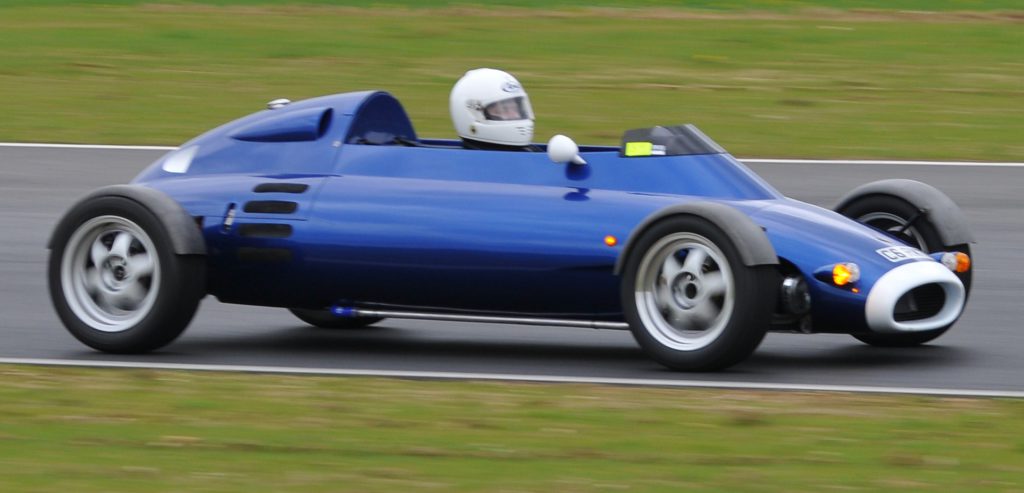
Weighing less than most motorcycles but with four wheels, the LCC Rocket redefined the power-to-weight equation. Gordon Murray’s creation weighs under 800 pounds with a 143-horsepower 1.0L Yamaha motorcycle engine, giving it a power-to-weight ratio that embarrasses supercars costing twenty times more. Only 55 were built, originally selling for £38,000. As engineers fell into the trap of adding weight and then more power to compensate, the Rocket showed a different path – just build lighter in the first place. Leno’s motorcycle collection is just as fascinating, reflecting his passion for outlandish automobiles doesn’t stop with four wheels.
4. 2001 Blastolene Special: Automotive Art

Stuck in traffic, imagine explaining to the driver next to you that your hot rod packs a literal tank engine. Randy Grubb’s Blastolene Special houses a 30-liter V12 from an M47 Patton tank making 1,600 horsepower and 3,000 lb-ft of torque. With a 140 mph top speed, it’s what happens when “too much” isn’t in your vocabulary. If you’re tired of hot rods that look wild but pack ordinary powerplants, this tank-powered monster offers the mechanical substance to match its visual swagger.
3. 1906 Stanley Steamer: The Steam Age
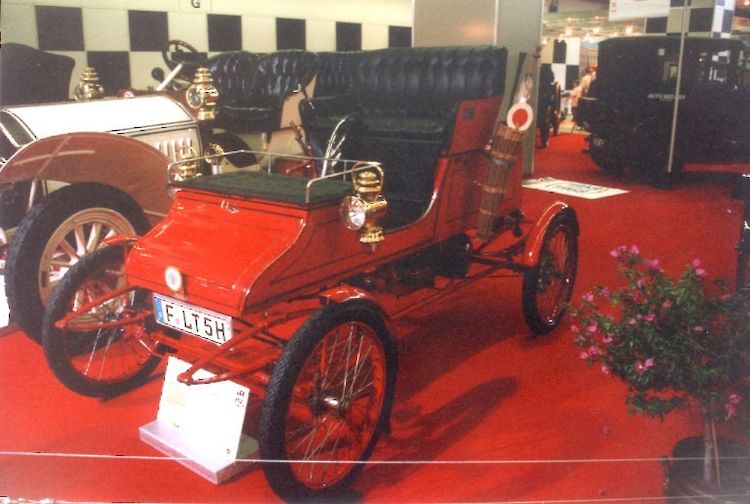
Electric vehicles weren’t the first alternative energy pioneers – steam power was dominating the roads while gasoline was still finding its footing. The Stanley Steamer runs on kerosene and water instead of gasoline, showing how clean transportation worked before petroleum won. Leno upgraded his with hydraulic brakes from a Jaguar XK120 and modern electric lighting to make it practical. Watch a Stanley fire up today and you’ll witness the elegant engineering solution that might have remained our primary transportation technology if gasoline hadn’t become so cheap and convenient.
2. 1913 Mercer Raceabout: A Brass Era Classic
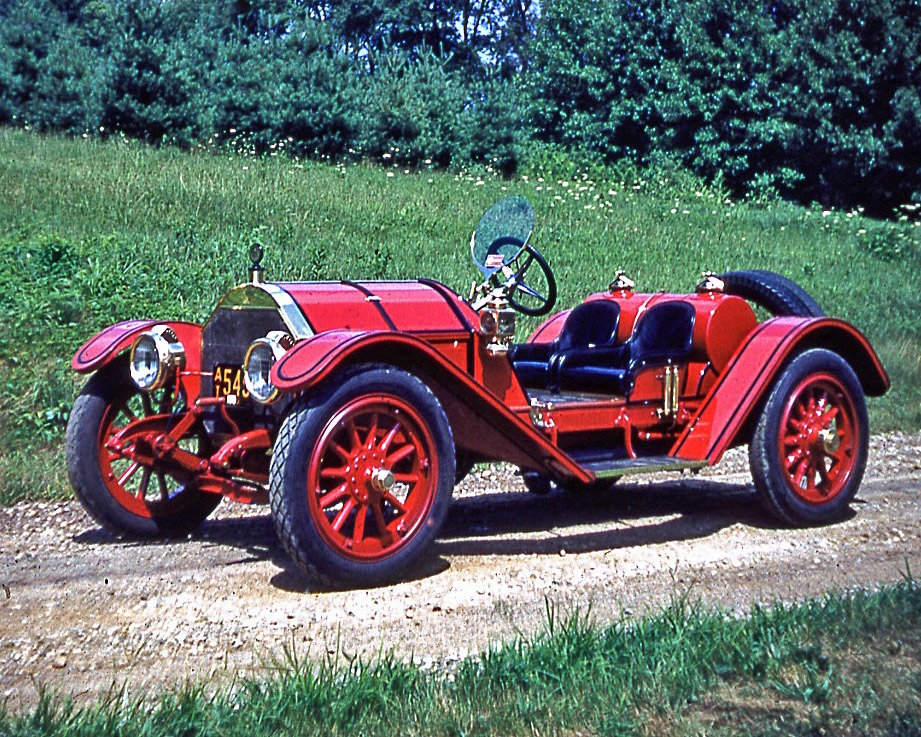
A 4.9L T-head inline-4 coupled with a lightweight, purpose-built chassis created America’s answer to European sports cars decades before the Corvette. The Mercer Raceabout made 58 horsepower and featured an open cockpit for maximum driver involvement. Priced around $2,500 in 1913, these brass-era thoroughbreds now command over $1 million for prime examples. Drive one today and you’ll quickly understand why early motorsport enthusiasts risked life and limb to pilot these raw, purpose-built machines on America’s primitive roads.
1. 1966 Oldsmobile Toronado: Front-Wheel Drive Innovation
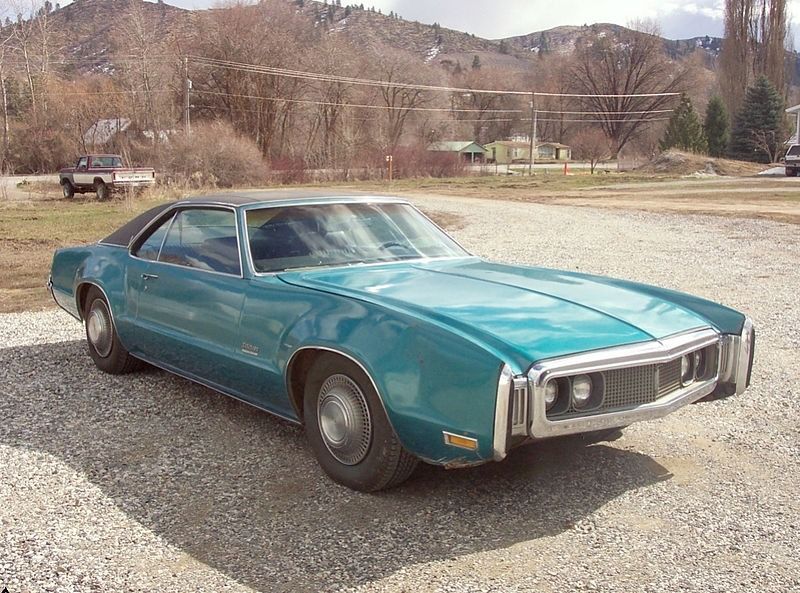
As American cars became increasingly predictable, Oldsmobile solved the problem by turning conventional design inside out. Its 7.0L (425 cubic inch) V8 produced 385 horsepower driving the front wheels through an innovative torsion bar suspension. Motor Trend’s Car of the Year for 1966, it cost around $4,600 new.
1966 Oldsmobile Toronado (Interior)
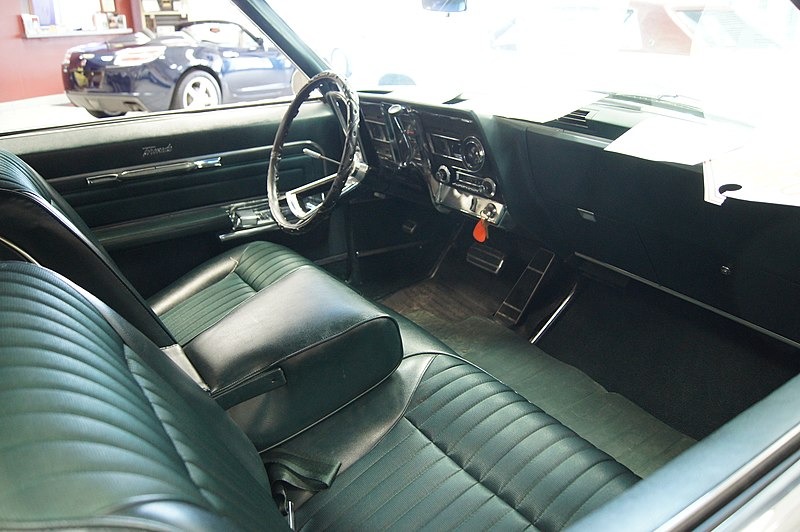
The Toronado’s flat floor and spacious interior showed that engineering innovation could deliver tangible benefits that customers actually noticed and wanted.

